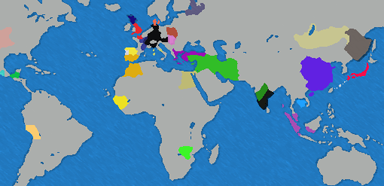

Most of the evidence that the territorial integrity norm suppressed conquest or war withers under investigation with new data. The evolution of conquest is a symptom of war's decline, not its cause. In part because seizures of smaller territories with such characteristics have not declined, the operative constraint appears to be against war-prone aggression, not territorial revision. Adopting this strategy, the fait accompli, challengers increasingly came to target territories with characteristics that reduce the risk of provoking war-such as a low population and the absence of a defending military garrison-but challengers nonetheless take a calculated gamble. Today, challengers more often seize small regions, then attempt to avoid war. Challengers attempting conquest before 1945 often initiated a war, then sought to occupy large territories. More than conquest declined in frequency, its relationship with war evolved. Mongol Conquests (12001400)Major FiguresGenghis KhanLate in the twelfth century, an individual emerged from among several warring tribal confederations in the steppes of Mongolia to not only unite his people, but also to establish the largest contiguous empire in history. Unlike attempts to conquer entire states, attempts to conquer parts of states remained far more common than previously recognized. However, using new and more comprehensive data on territorial conquest attempts, this study presents a revised history of conquest after 1945. Past studies conclude that a territorial integrity norm caused territorial conquest to decline sharply after 1945, virtually subsiding after 1975.


 0 kommentar(er)
0 kommentar(er)
